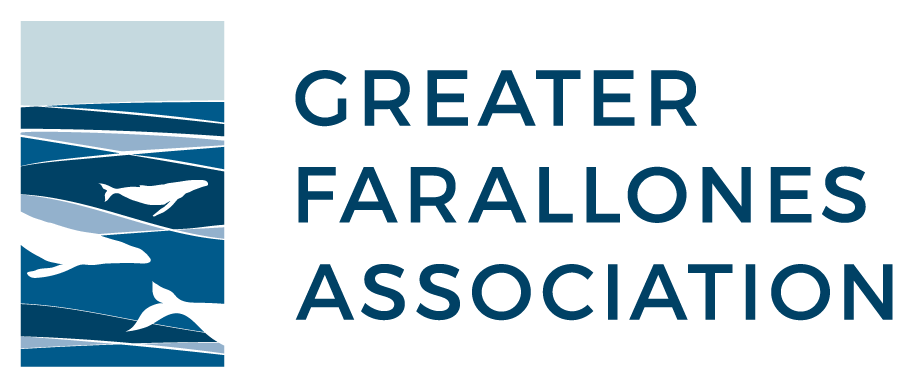Winter Swells Bring Big Changes to Sanctuary Ecosystems

Winter is a time of dramatic change for the ecosystems within our local national marine sanctuaries. The relatively calm and warmer waters of fall give way to tumultuous seas as North Pacific storm systems send powerful waves to the California coast.
These storm systems generate strong winds that blow across the ocean surface, pushing the water and creating waves. These waves are known as “wind waves,” and their size depends on three factors: 1) the strength of the wind, 2) how long the wind blows for, and 3) the distance the wind can blow uninterrupted in one direction – this is known as “fetch.”
Wind waves that outrun their origin storm are known as swells. Swells present as a series of smooth and regular waves. The stronger the storm, the larger the swell, generally speaking. Those from North Pacific storms often reach the California coast during the winter months.
The large, clean swells that reach the coastline of Greater Farallones and Monterey Bay national marine sanctuaries are particularly beloved by surfers. In fact, one of the most notable big waves in the world, Mavericks, is located just offshore Half Moon Bay within Monterey Bay National Marine Sanctuary. During large swell events, waves there routinely reach over 25 feet tall.
It is during winter that we also see some of the highest and lowest tides of the year – known as king tides. When large swell events align with king tides, the coastline and those who call it home are particularly vulnerable to impacts from coastal flooding and erosion. The swell that hit the California coast in December 2023 flooded roads, damaged seaside infrastructure, and instigated the evacuation of coastal residents in some areas. Unfortunately, events like these give us valuable insights into how sea level rise might impact our ways of life in the future.
The immense energy of swells also impacts the ecosystems that lie beneath the waves. Kelps and seaweeds are uprooted and wash up along the coast and join other organic material in the beach wrack. This wrack serves as a foundational food source for organisms on shore.
Beaches are impacted as well. Large storms erode beaches and move large amounts of sediment up and down the coast, both through wave action and through increased freshwater runoff – quite literally transforming the shape and feel of the coastline. This transport of sediments helps to spread the necessary materials for marshes, sand bars, and barrier islands – all important wildlife habitats.
Learn more about seasonal changes within our local sanctuaries.

